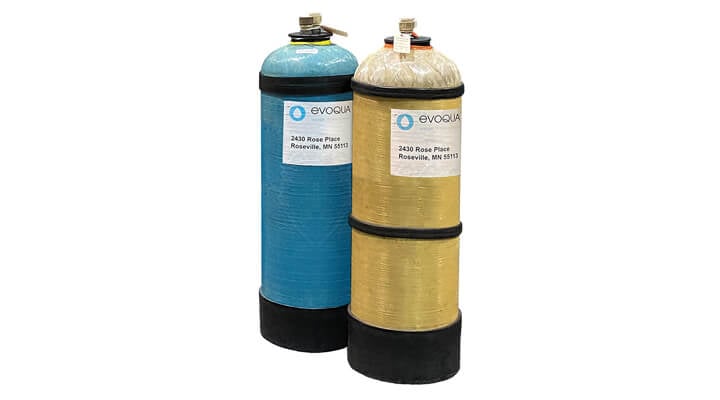Challenge
An aerospace structure manufacturer reached out to Evoqua to help decrease their exposure to the local publicly owned treatment works (POTW). Their process included a cadmium cyanide plating operation for Mil-Spec aerospace parts and the existing wastewater treatment system relied on frequent, labor-intensive testing and complex chemical addition before discharge to the POTW. The manufacturer was looking for a more efficient solution with less manual oversight.

Solution
Evoqua evaluated the aerospace manufacturer’s process and performed a treatability test at our wastewater ion exchange (WWIX) laboratory in Roseville, MN to determine whether recovering and recycling the rinsewater was a feasible alternative. Economical recycling of the rinsewater, which supports the facility’s sustainability goals, was determined to be possible due to the low total dissolved solids (TDS) in the rinse water. Since recycling the rinsewater does not produce a discharge waste stream, the manufacturer would be able to minimize their discharge exposure permit to the POTW.
Evoqua recommended WWIX tank exchange service and offsite processing of the cadmium and cyanide-laden resins at Evoqua’s RCRA-permitted facility. This would provide the manufacturer with the advantages of: a) simple system operation, b) maintaining hazardous waste regulatory compliance, and c) recovery of the hazardous metals to minimize liability.
Results
After implementing the solution, the aerospace manufacturer was able to recycle a significant volume of wastewater which would otherwise have been routed for discharge to the industrial sewer. Since recycling the rinsewater does not produce a discharge stream, the customer minimized their potential for an upset to the POTW.
Evoqua’s WWIX system achieved the manufacturer’s goals of limiting exposure to discharge upsets, reducing both incoming water usage and sewer discharge costs, and meeting the high-quality rinse standard required for manufacturing of critical aerospace components.

